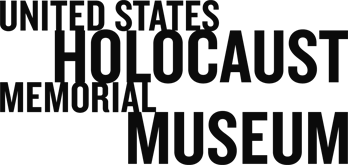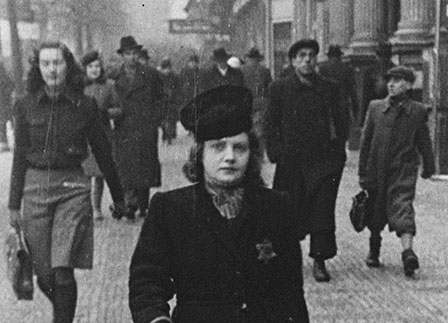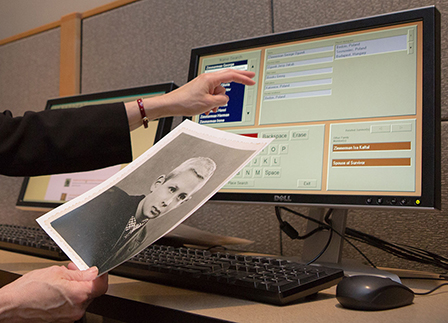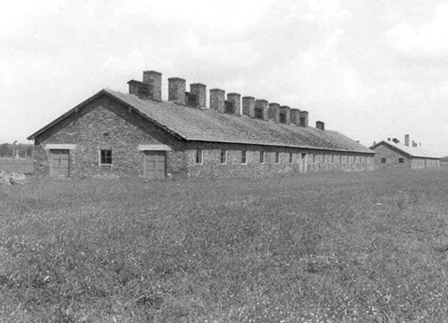- Caption
- Group portrait of Dutch Jews interned in a camp in Cossonay, Switzerland.
Among those pictured is Meyer Schwarz (top right). Maurice Aronson is pictured to Meyer's left.
- Date
-
1943
- Locale
- Cossonay, Switzerland
- Photo Credit
- United States Holocaust Memorial Museum, courtesy of Meyer Schwarz
- Event History
- Following the Anschluss, the Nazi takeover of Austria, thousands of central European Jews tried to enter Switzerland. This wave of emigration led Swiss authorities to adopt severe restrictions on the entry of foreigners into the country. Border police were instructed to turn back all emigrants holding German passports. "J" stamps were required on all passports held by German Jews, and visa requirements were expanded to encompass more and more nationality groups. After March 1940 Swiss authorities required most of the refugees to reside in internment camps of various sorts: collection camps, quarantine camps, reception camps, labor camps, training camps, children's homes, and internment homes for adults. Administered by the Federal Justice and Police Department, these facilities were generally poorly equipped and functioned with little regard for the needs and sensitivities of the internees. The refugees suffered from their forced idleness, lack of privacy and personal freedom, and their often arbitrary separation from family members. Male refugees assigned to labor camps were employed in road construction, farming, or public works, while females worked in sewing and laundry facilities. Young refugees between the ages of seventeen and nineteen were sent to training camps. They were assigned to civic improvement projects and farming, and attended school. While many complaints were lodged against the Swiss authorities, these voices were not heard until the last year of the war, and were not acted upon until the final two months of the conflict.



